Certification Journeys
Certification Programs
for Partners & IT Professionals
Designed for IT teams, system administrators, and partners, these certification tracks ensure organizations can configure, manage, and scale Coopera autonomously. Certifications validate technical expertise in Coopera’s process automation, AI orchestration, and system integrations.
Coopera’s certification paths are built to inspire and empower professionals — from hands-on creators to strategic thinkers — by matching your role and ambitions. Whether you build, lead, or sell Coopera solutions, you’ll gain the skills and confidence to make real impact.

Coopera Solution Engineer
Master the technical foundation that powers transformation.
Installation, DevOps, integration (REST, ESB), security, component customization, performance optimization.

Coopera Solution Engineer
Master the technical foundation that powers transformation.
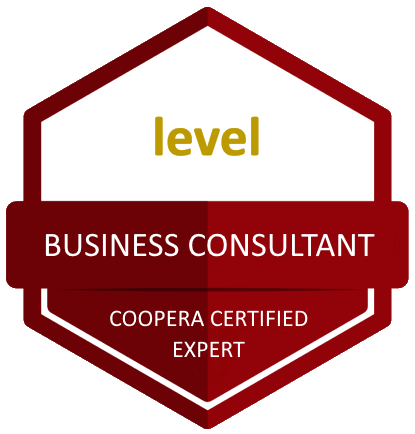
Coopera Business Consultant
Bridge technology and business — one process at a time.
BPMN modeling, form design, requirement analysis, document lifecycle management, sector-specific scoping.

Coopera Business Consultant
Bridge technology and business — one process at a time.
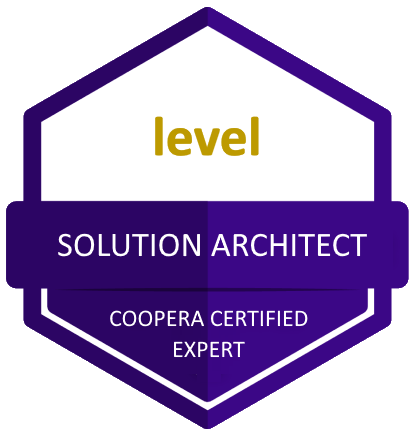
Coopera Solution Architect
Design intelligent ecosystems with vision, structure, and impact.
Platform design, microservice architecture, integration strategy, performance and scalability planning, multi-tenant governance.

Coopera Solution Architect
Design intelligent ecosystems with vision, structure, and impact.

Coopera Project Strategist
Turn complexity into clarity, and vision into execution.
Strategic planning, STRIDE methodology, stakeholder alignment, Agile project management, governance and reporting.

Coopera Project Strategist
Turn complexity into clarity, and vision into execution.
Or become a Coopera Solution Advisor
Designed to equip client-facing professionals with the knowledge and tools to successfully position, pitch, and propose Coopera in complex sales cycles.
What you’ll learn:
-
Coopera Value Proposition & Differentiators
-
Mapping Coopera to customer pains and sector needs
-
Crafting winning solution narratives (based on real use cases)
-
Demo storytelling and live-action presentation techniques
-
ROI estimation & objection handling
-
Partnering in POCs and strategic proposals

Training Levels
Coopera Certification Levels
Coopera’s certification program is structured across three progressive levels — Associate, Specialist, and Expert — designed to match your experience, deepen your capabilities, and recognize your growth. Whether you're just getting started or ready to lead complex projects, there's a level tailored to your journey.
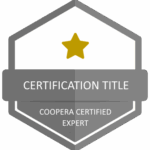
Level 1
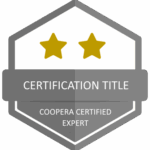
Level 2
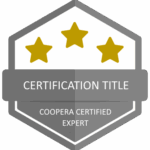
Level 3
Key Advantages
Why Get Certified
with Coopera?
Empower your career. Boost your credibility. Deliver more with less.
Coopera certifications are more than badges — they’re a mark of proven ability to build, lead, or sell real solutions on a next-generation platform. Whether you're an engineer, consultant, strategist, or advisor, getting certified means joining a trusted ecosystem of professionals driving transformation through AI, automation, and composable orchestration.
-
Official recognition of your skills Gain credentials that validate your role-specific expertise and Coopera proficiency.
-
Faster, more successful project delivery Apply best practices from day one, reducing trial-and-error and boosting team confidence.
-
A growing professional ecosystem Connect with other certified experts across sectors and countries.
-
Future-ready automation skills Stay ahead with Coopera’s unique blend of AI, BPM, RPA, and ECM — all in one composable platform.
Get Started
Ready to Get Certified and Make an Impact?
Whether you're building solutions, leading transformation, or advising clients, Coopera’s certification program gives you the skills, recognition, and confidence to deliver results — in any industry, at any scale.
